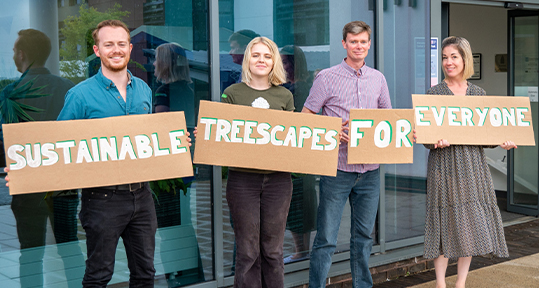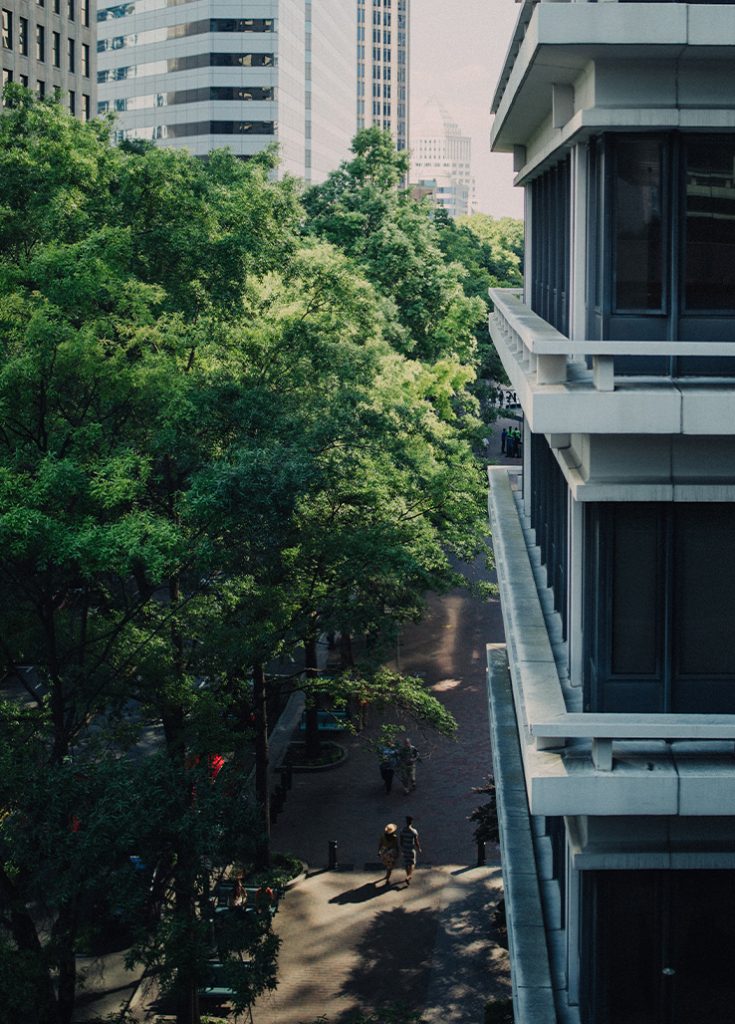Tree Establishment Strategy
A full tree planting strategy provides a vision for the urban forest, which is shared by all those involved in its management. It sets out clear aims and objectives, which can help achieve sustainability and resilience for your trees. Every urban forest is different and is subject to different growing...



